A primer on in-car video systems for the historic racer.
Humans are such visual animals that even when our eyes are closed, some form of imagery usually plays across the big screen of our consciousness as we remember, imagine, or dream of things both real and not. This reality has fostered both the motion picture and television industries and, in recent years, the advent of video technology that has become so accessible to the average person that you could conceivably find images from your neighbor’s shower stall (or even your own) on YouTube.
Being creative, adaptable, and inventive folks, racers quickly embraced this new technology both as a way to share and relive their moments behind the wheel, as well as a means to improve their on-track performance. Not only have once cumbersome systems (think John Frankenheimer’s Cinerama cameras) been miniaturized to the point that they weigh nearly nothing and can fit inside your helmet, but with amazing rapidity, the recording technology also has evolved from film to tape and, most recently, to solid-state digital format.
Within the historic racing world, the use of in-car video has blossomed as this new digital technology has improved and costs have come down. In just the past 5–10 years, professional-quality, solid-state, digital, remote-lens video systems, similar to those formerly reserved for professional television broadcasts, have gone from being tens of thousands of dollars to being readily attainable for as little as a $1,000. As a result, there is now a host of digital video systems on the market that range from as little as $179 to as much $10,000. So, with all this newfound choice, how do you know which one is right for you? Obviously, price point is one way of narrowing the field, but before you make your final choice, there are a number of technical aspects that you might want to take into consideration.
Resolution
Like digital cameras, which have become ubiquitous in the world of still photography, video systems can have differing resolutions. Resolution is nothing more than a numerical way to measure how crisp or defined an image is. This is usually represented as either dots/inch (dpi) or lines/inch (lpi). Ideally, look for a system that records at a resolution as close to 720 x 480 (dpi) as possible. This resolution level is the highest resolution of most TVs and computer monitors, without going to High-Definition (HD) equipment. We won’t be addressing HD here in these pages, but rest assured, this will be the next frontier in in-car video systems, over the coming years.
Frame Speed
Video is nothing more than still images quickly displayed at such a rate as to appear that they are continuously moving. As such, you want the resolution of each individual video image to be as high as possible (see above), but additionally, you want the acquisition and playback of those images to incorporate as many images, or frames, as possible per second. The ideal standard, for video playback, is 30 fps (frames per second). Anything more than that, won’t be able to be resolved by a standard screen (the screen can’t “refresh” the images any faster than 30 fps, therefore, the extra frames just become wasted space on your recording disk). However, as the frame speed gets lower, the human eye starts to be able to catch the jumps from one image to another, and so the video will begin to look more disjointed and choppy.
With the current solid-state, digital video systems available, it is important to keep in mind the relationship between resolution, frame speed, and disk capacity. Theoretically, the best quality video would be acquired with both high-resolution and high-frame speed. However, since this incorporates much more data per second of video, you will in turn get less total video per recording disk or SD card. If you want longer recording times, you may have to sacrifice one or both of these parameters. However, many of the better systems can record both high-resolution and high-frame speed for well over 2 hours on a single disk.
Also, keep in mind that all recording systems are not created equally (and, thus, the wide variation in price). Some systems will state that they are capable of 720 x 480 resolution and 30 fps, but they may not be able to do both at the same time! For example, in order to get high-resolution images, some systems may need to record at a lower frame speed or vice versa.
Compression
Most digital video systems will incorporate some amount of “compression,” that is to say, a special program that makes the stored size of each frame smaller, thus allowing you to get more images or video on a single disk. This, on the surface, might sound like a good thing, in that it can allow you to have longer videos, in higher resolution. And, to some extent, this is true; but the amount of compression utilized can adversely affect image quality. Ideally, look for systems that use 8Mb/sec of compression or less, for the best balance of video quality to recording length.
Camera
As the old saying goes, “Garbage in, garbage out.” You could have the greatest recording equipment in the world, but your end video will only be as good as the input images coming from the camera. Similar to the recording equipment, each camera will have a unique resolution level associated with it, as well. Some may be higher or lower depending on whether it is a re-purposed stationary, security/surveillance-type camera (as some are) or one specifically designed for action work. On the whole, look for cameras that have a resolution level of 480 lpi (lines per inch) or better.
Additionally, keep in mind that cameras can come with different fields of vision or “lens angles” (measured in degrees). Looking straight ahead, a 90-degree lens will be able to see everything up to 45-degrees either side of the centerline, while a 180-degree lens will able to see everything up to 90-degrees either side of the centerline. While more may seem better, the potential downside to a wider 180-degree lens is that the image around the periphery will appear farther away than it actually is and slightly distorted (the so-called “fish-eye” effect), while at the opposite end of the extreme, a 70-degree lens will provide a fairly limited, “tunnel-vision” field of view.
If your budget allows, you may want to consider having a selection of lenses, with differing lens angles, to allow you broader options in terms of the action you capture. For example, you might want to use either a 70-degree or 90-degree lens mounted on, or even in, your helmet to better capture what you actually see. Whereas elsewhere, you might want to use a 180-degree lens, mounted low to the ground, to show more of the action around you. Some of the better systems will even allow you to do both simultaneously. There is no right or wrong choice here, just personal preference.
With this basic primer on the various technical aspects to consider when buying a system, what follows is a guide to a number of presently available systems, across various price ranges, and which are currently being marketed specifically to the motor sport community. Keep in mind, that in addition to the features highlighted above, other factors that you may want to consider, for your own specific installation/use, might be such factors as size, weight, water resistance, dust resistance, shock resistance, compatibility of video format with your computer/TV system, compatibility with multiple camera inputs, data acquisition systems, etc.
While it may seem like there are a bewildering range of options and features to consider, the good news is that there are now more options than ever to ensure that you can get a great video system at a great price.
AiM Sports
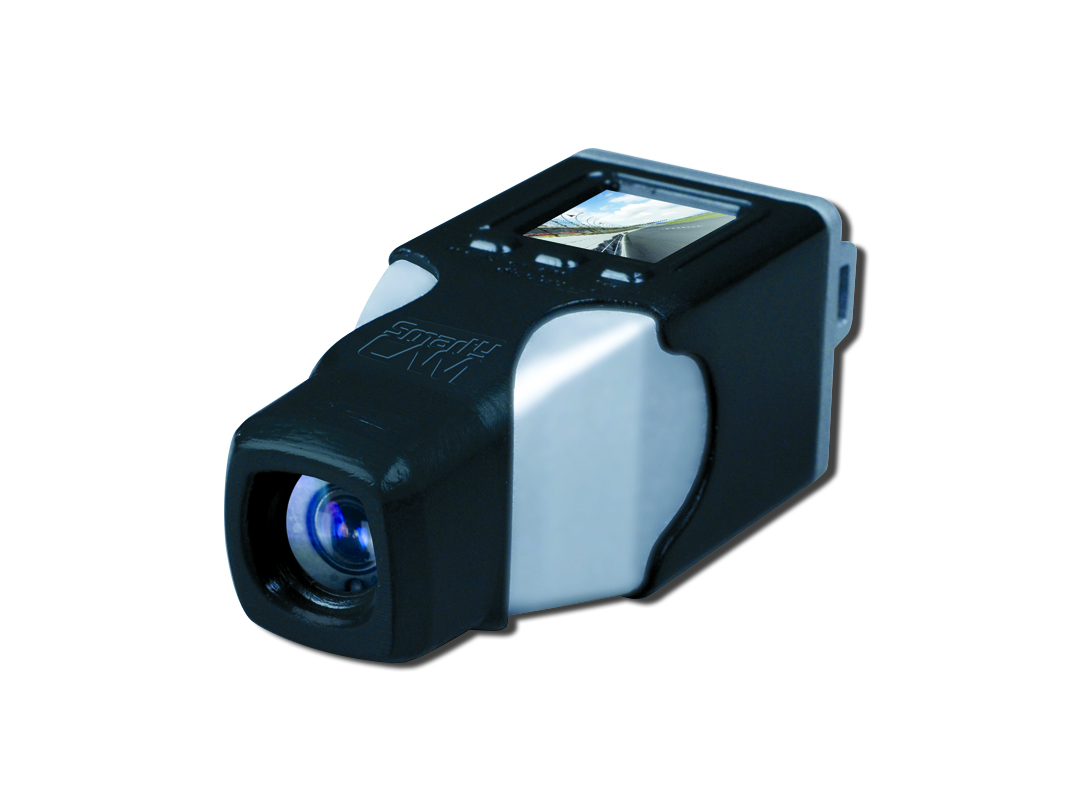
$1,000
AiM Sports LLC, 31889 Corydon, Suite 130, Lake Elsinore, CA 92530
Autometer – Stack Inc.

$POA
Autometer-Stack Inc., 413 Elm St., Sycamore, IL 60178
www.stackltd.com/videosystems_motorsport.html 815-991-2285
CatchItCam
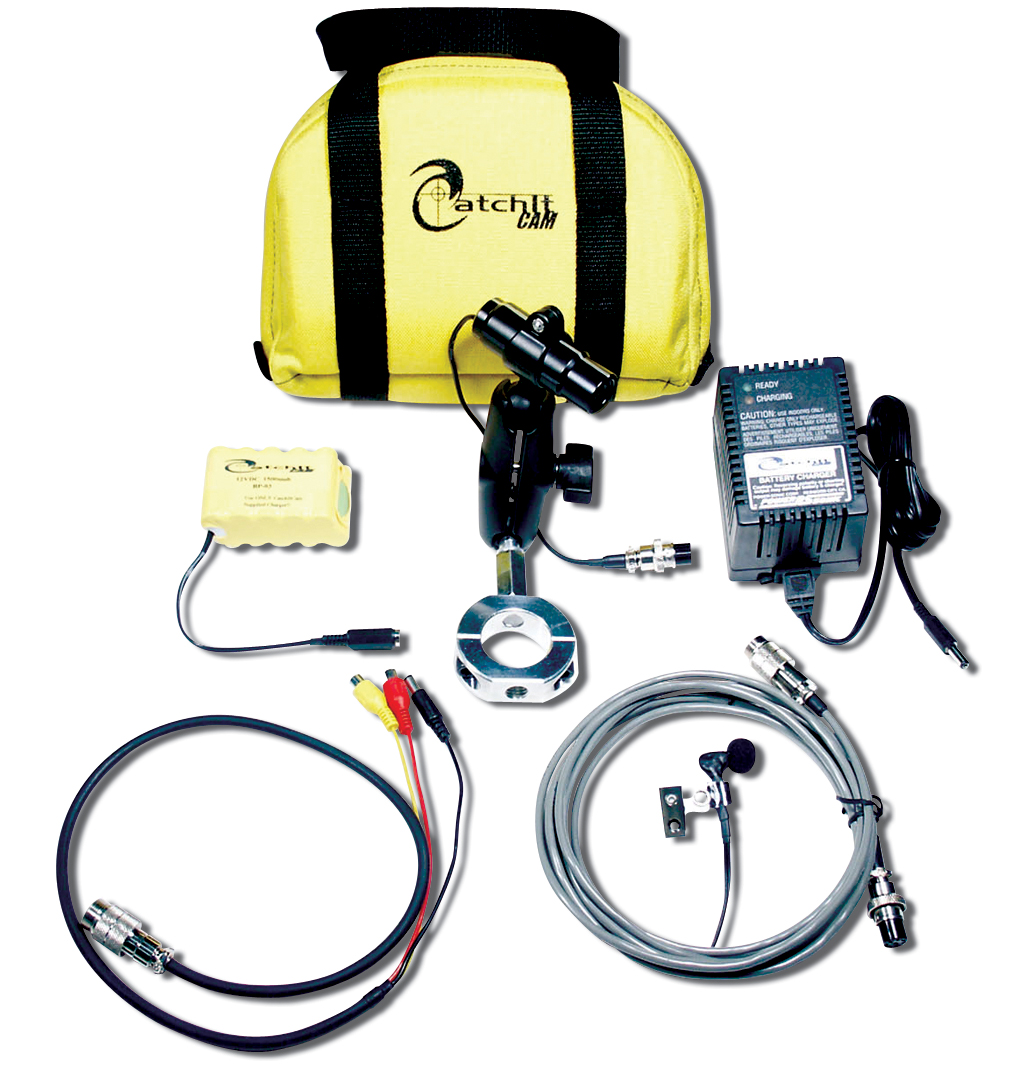
$POA
Catchit Cam Inc., K&B Motorsports, 2696 Neely Store Rd., Rock Hill, SC 29730
www.catchitcam.com/videocamera/incar/index.php 877-450-9737
Chase Cam
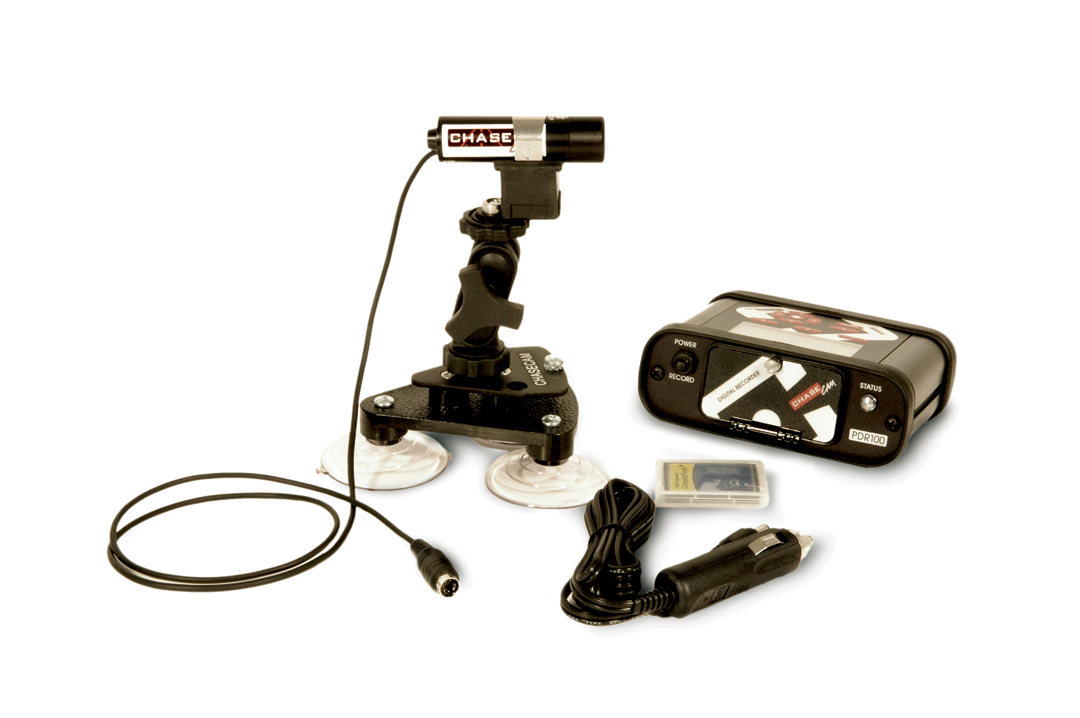
$950
Chase Product Development, Inc., 8348 Center Dr. – Ste A, La Mesa, CA 91942
www.chasecam.com 619-337-2300
Datatoys

$1,698 or $1,997
Datatoys, 500 W Brown Deer Rd., Milwaukee, WI 53217
www.datatoys.com 414-294-8017
GoPro Camera
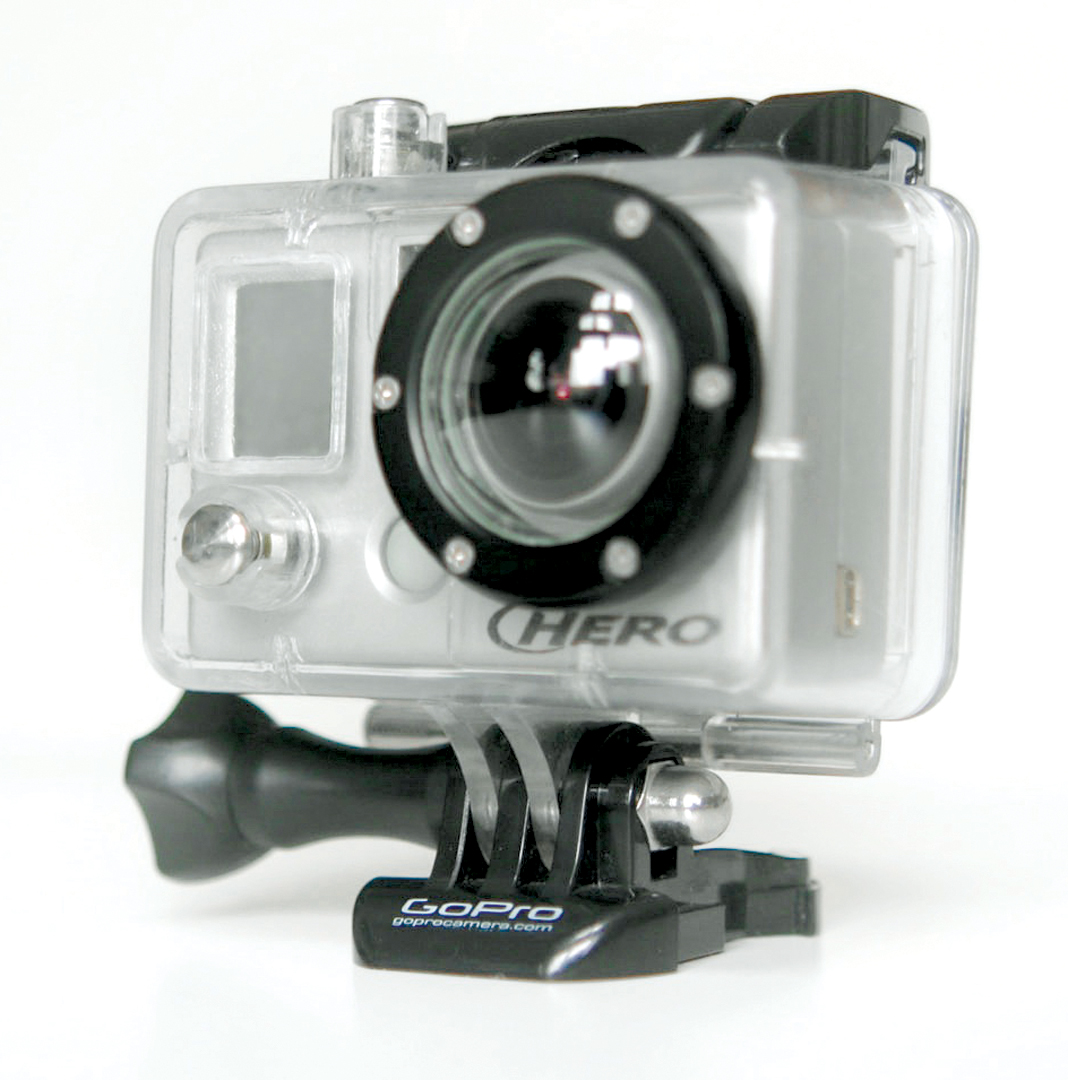
$179.99-$199.99
GoPro Camera, P.O. Box 523, Pescadero, CA 94060
JonesCAM
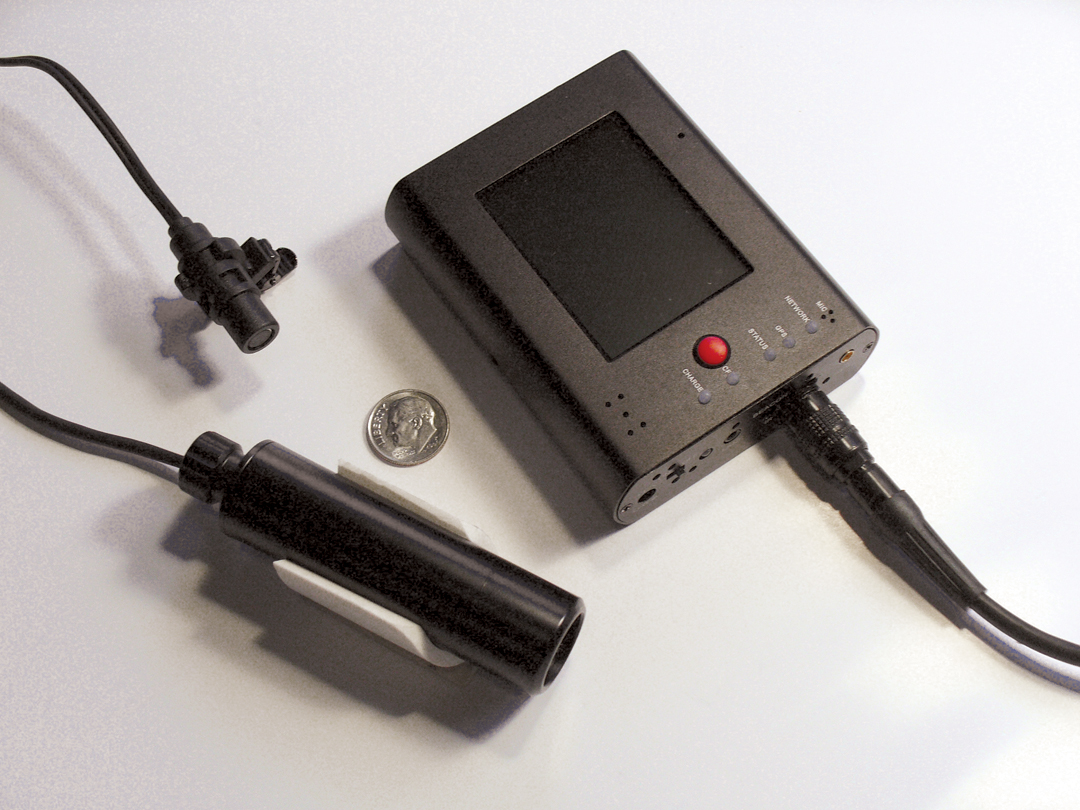
$804
JonesCAM, 171 Main St., Hudson Falls, NY 12839
http://jonescam.tv 518-746-5802
MotoCam

$849.99-$1,999.99
MotoCam360, 329-208 St. SE, Bothell, WA 98012
www.themotocam.com 206-795-2644
RaceCam
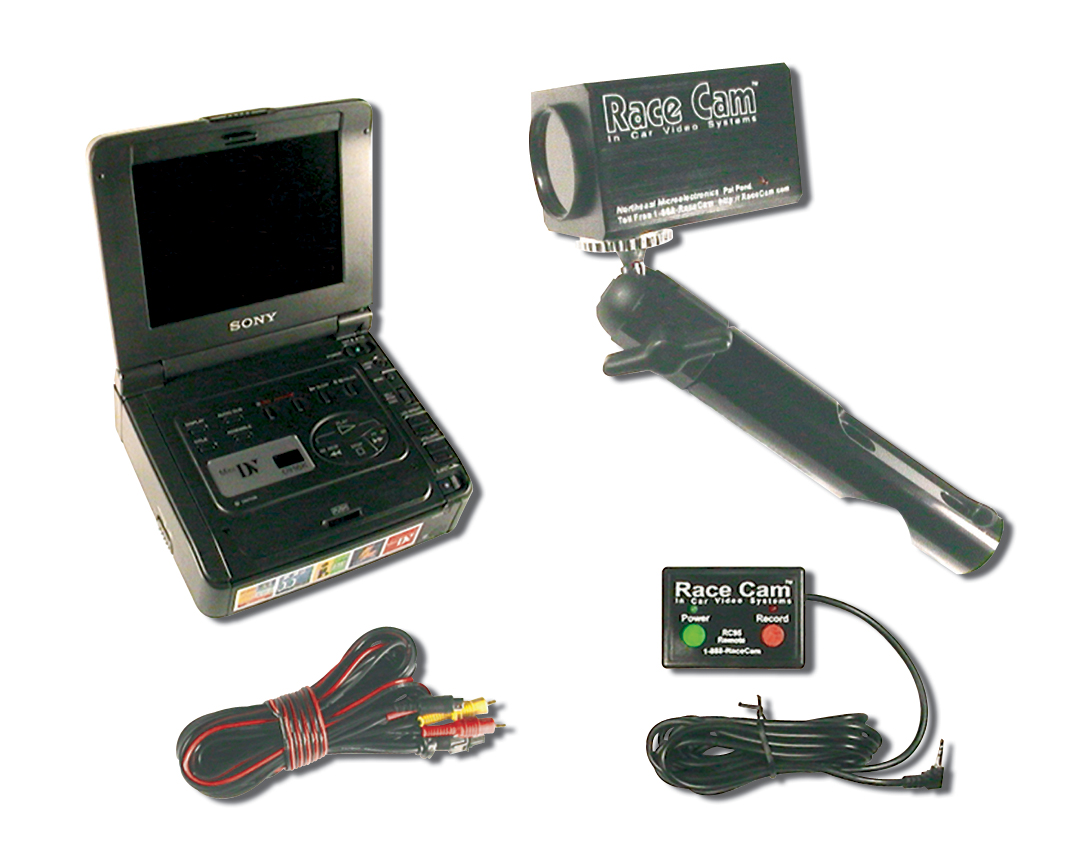
$950-$1,250
Northeast Microelectronics, P.O. Box 175, Elmwood Park, NJ 07407
www.racecam.com 201-794-9766
Race-Keeper

$1,895
Trivinci Systems LLC, 45662 Terminal Dr., Suite 130, Sterling, VA 20166
www.race-keeper.com 571-203-1420
Race Technology
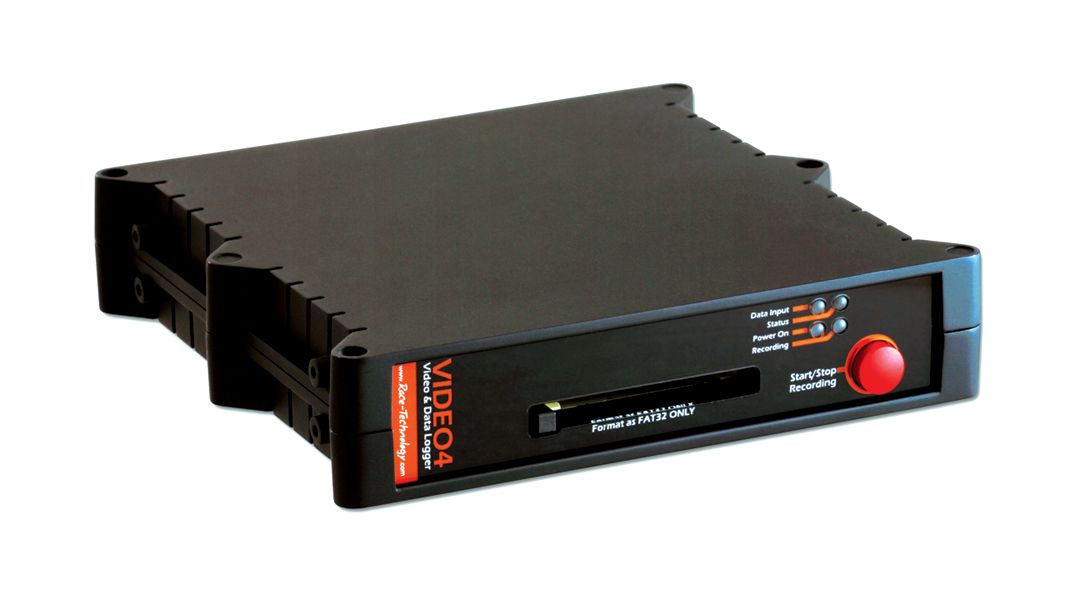
$POA
Race Technology USA, 2317 Westwood Ave., Suite 101, Richmond, VA 23230
www.race-technology.com 804-358-7289
Stable Imaging Solutions
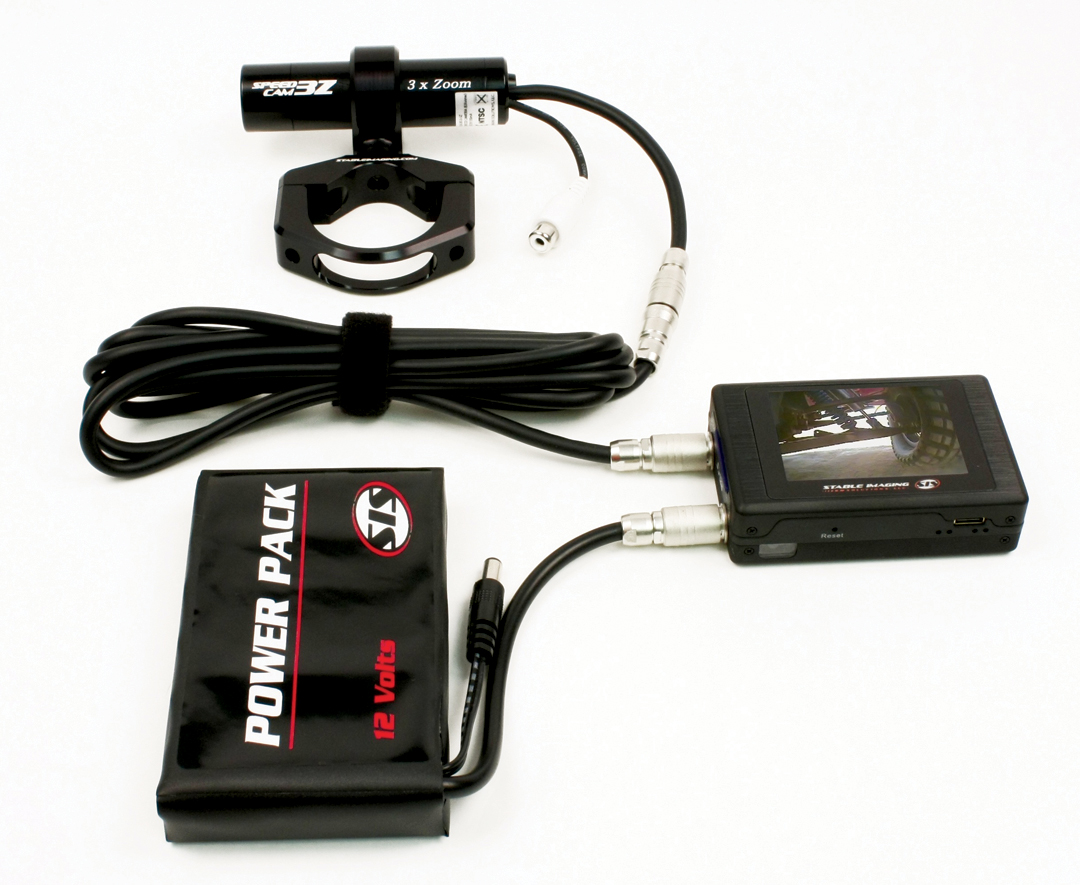
$2,299
Stable Imaging Solutions, LLC, 3709 Old Conejo Road, Newbury Park, CA 91320
www.stableimaging.com 805-480-9800
Viosport Camera Systems

$699.95
Viosport Camera Systems, 100 N Front St., Marquette, MI 49855
www.viosport.com 906-226-9393
VBOX USA
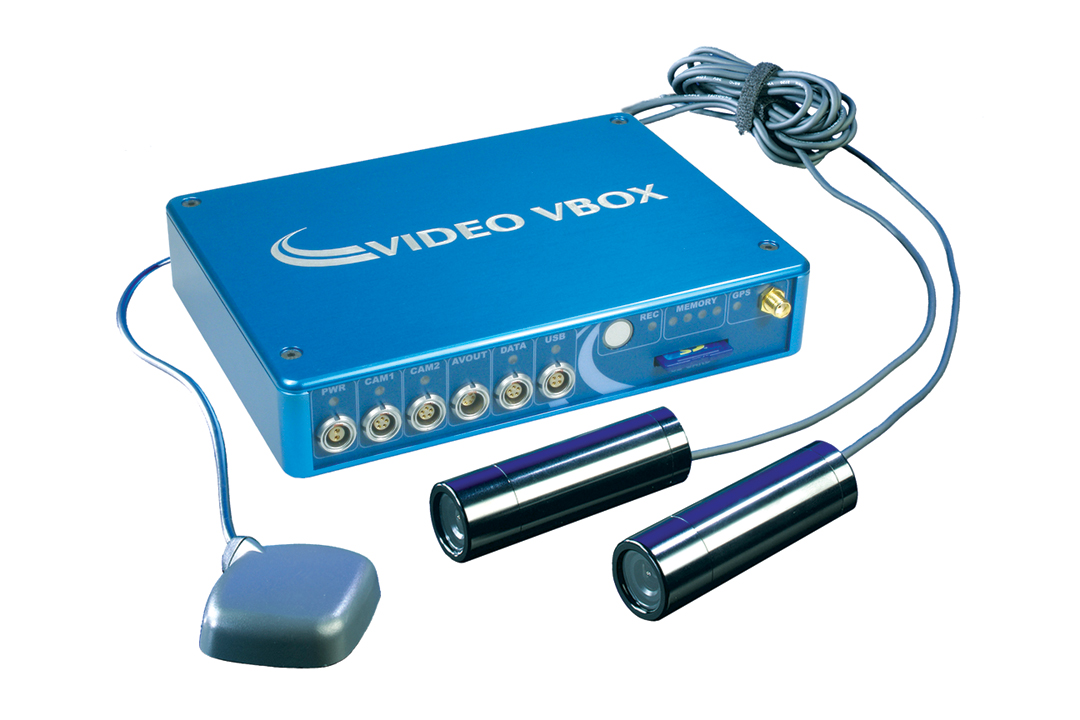
$POA
VBOX USA, 1368 Anderson Rd., Clawson, MI 48017
www.vboxusa.com 248-655-0557




